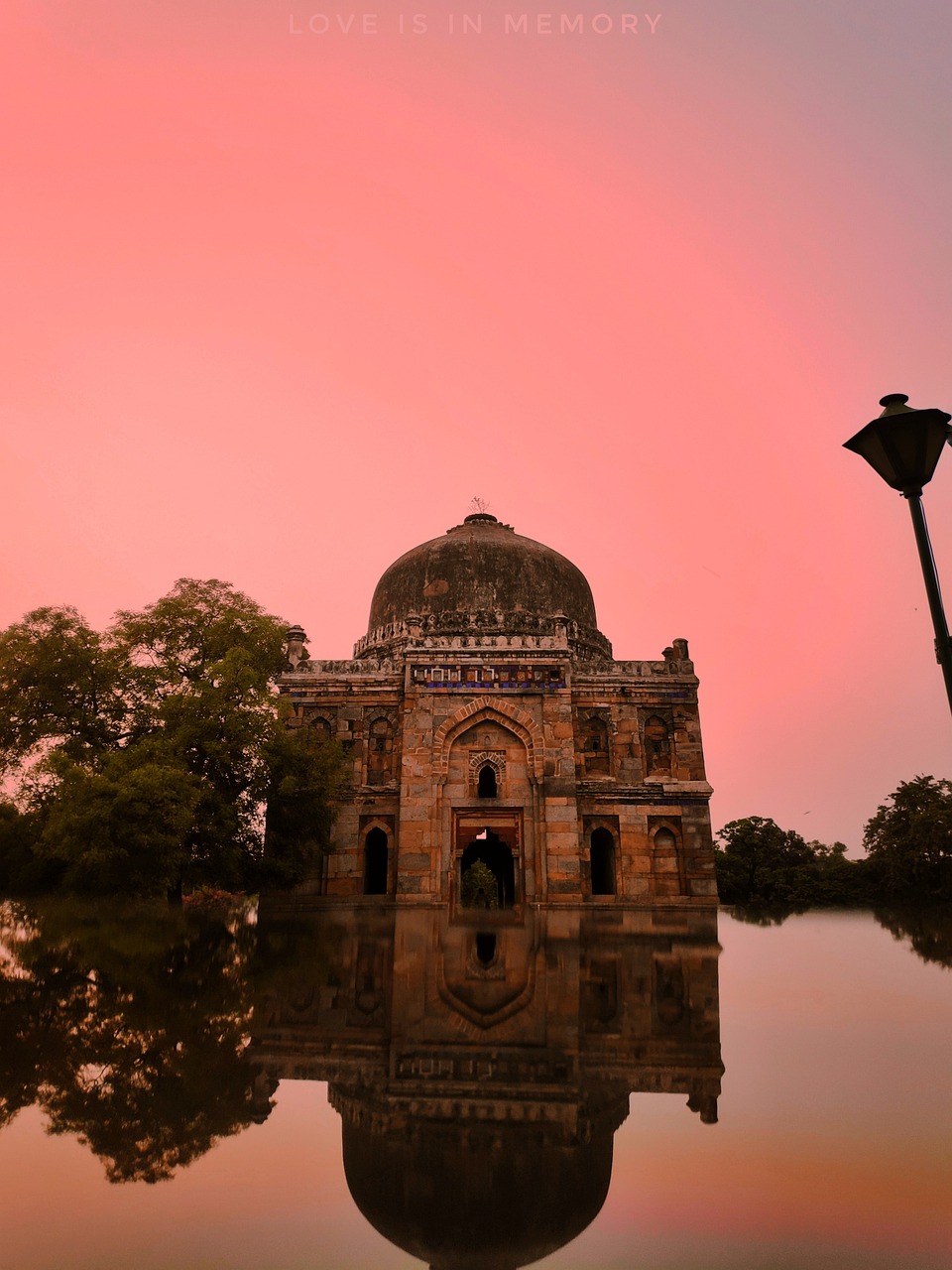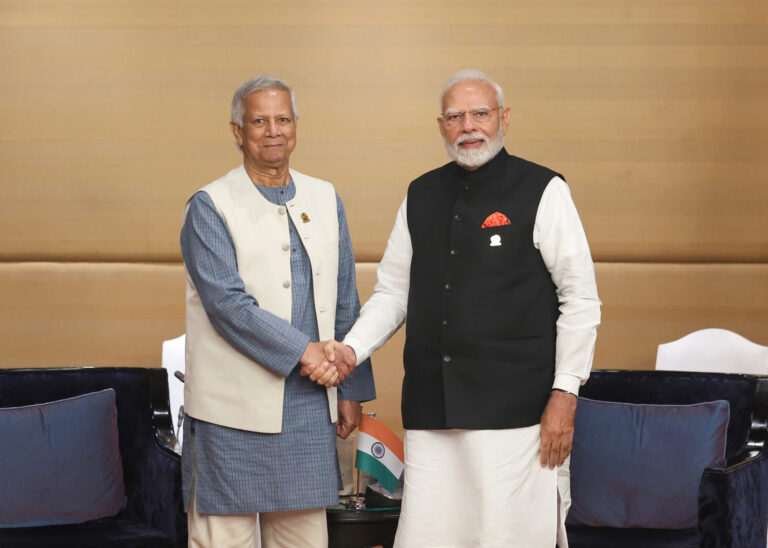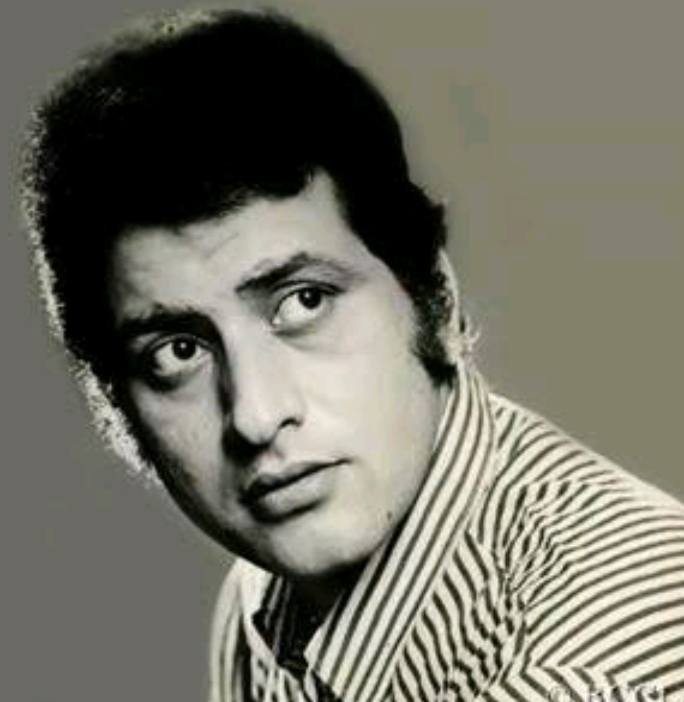
 By Dr Rajendra Singh*
By Dr Rajendra Singh*
Delhi is a state of two geo-cultural regions. The first Indraprastha is called Khadar of Yamuna and the second Aravalli area is called Khandavprastha. Earlier, the rainwaters coming from the Aravalli region of Delhi used to fall directly into the Yamuna. Now their passage is filled with garbage that goes into the river.
When the old 1968 Master Drainage Plan, which had a provision to make the national capital flood-free, was studied in detail in 2006, it was found that Delhi had three major waterbodies, with 201 minor drainages in them. Barapullah, Sabi (today’s Najafgarh drain) and the Shahdara drain, were the three big drains that used to carry only rainwater to Yamuna.
In a study that was done on the basis of the 2006 master plan, every small drainage system was examined. But as they say, too many cooks spoil the broth! Today there are 9 implementing agencies out of that, 5 agencies are of the municipal corporations and out of 4, two are of Delhi Government and the remaining two, are of the Central Government.
The municipal corporations, the Delhi Government’s Flood Control and Water Board Department, the Government of India’s Central Public Works Department (CPWD) and the Jal Shakti Ministry, all of them work in their own different ways. There is no synergy between them and as a result, today Delhi is waterless and the groundwater reserves are getting depleted on one hand, and even normal monsoon is flooding the city on the other hand. Today to keep Delhi alive, water is being transported to the national capital from other rivers like Ganga.
Since 1976, a need for an effective strategy to get rid of floods in Delhi has been felt but there is little headway in this direction. I want to explain in very clear words that this work is not possible by building big dams and connecting rivers. We need to repair the existing systems of water and do it effectively, only then we will be able to avoid floods and droughts. The Delhi floods of 2021 and 2023 have been caused even when the rainfall was just normal. These are man-made floods, because of the failure of successive governments to implement the right strategy for Delhi. To a large extent, the agencies working on Delhi’s development are also responsible because of a lack of coordination between them. Worse, they keep accusing others of their failure.
If the master plan for sewage and drainage was followed with honesty and responsibility, then it was possible to save Delhi from flood and drought. In case the flood water of Delhi was distributed in the canals before reaching Delhi, only half of this water would have reached Delhi. The concerned departments of Haryana, Delhi, Rajasthan and Uttar Pradesh, have to understand that this flood water can be used to eradicate drought. However, there has been a big negligence of the governments. Engineers tell us that it was difficult to release Yamuna flood water from big canals and the irrigation system of Haryana because they also carried trees, plants, grass, soil and stones and if the canal were opened to release flood waters, these trees and plants, stones and soil would have got trapped in the irrigation system.
There is a canal system below Delhi as well. The working model of Delhi should be rectified and made responsible to control floods and droughts. To reduce flood water, a large canal emerges from the Yamuna River near Okhla, which is called Gurgaon Canal. There is no water in it at present and if Yamuna water is released in this canal with immediate effect, then flooding of Delhi can be checked. This canal passes through Haryana and goes to Bharatpur district of Rajasthan. In the area from where this canal goes, there is little rain. Therefore, there is no possibility of any damage because of the canal water here. A canal from this canal passes through the Rojka Meo industrial area near Sohna in Gurugram and falls into Kotla Lake in the Nuh district. This lake has no water. This water can also be brought to this lake. After filling the Kotla Lake, the water automatically goes to Ujina Lake. When the Ujina Lake is filled, the surplus water automatically goes into the Ujina diversion canal. This Ujina Diversion Canal diverts its water into the Gonchi Canal, far east of Hodal. Then this water passes through Gonchi Canal and then again goes into Yamuna. It takes a long time for the water to reach here. Therefore, I feel that, if this suggestion of mine is implemented, the flood water of Delhi can be reduced. The water accumulated due to the flood in Delhi will also find a way to go to Yamuna.
In order to prevent encroachment on the rivers, the river’s flow area (Blue Zone), flood zone (Green Zone), and highest flood zone (Red Zone) should be identified, demarcated, marked and gazetted according to the map in the record. Separate the sewage of cities and the polluted water of industry and the flow of rainwater. Do not allow mining in Yamuna anywhere from the Himalayas to Allahabad, stop where mining is being done in the river. Such decisions would make Delhi flood free.
*Known as the ‘Waterman of India’. Views published are personal.





